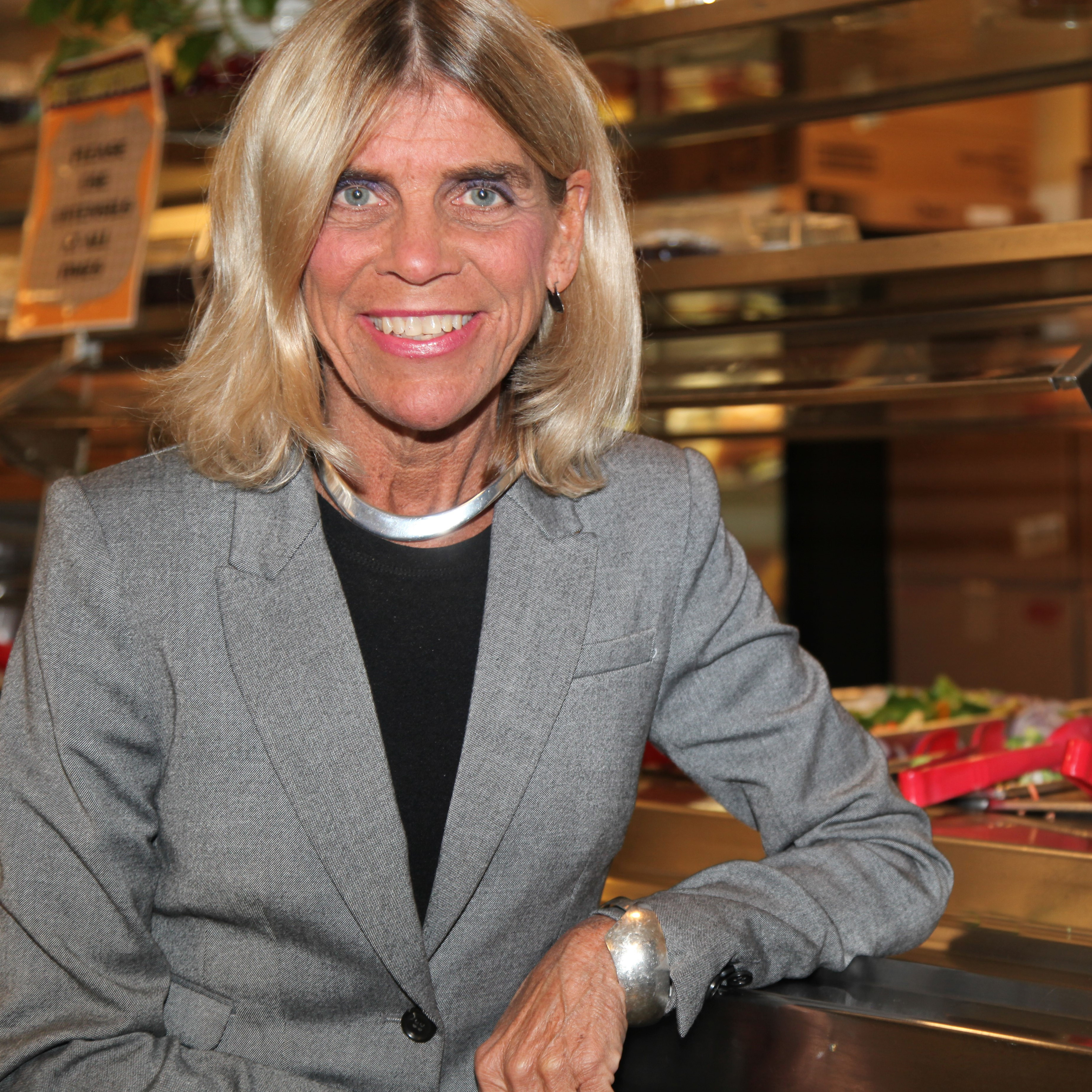Phytonutrients: Paint your plate with the colors of the rainbow

Did you know that adding color to your meals will help you live a longer, healthier life? Colorful fruits and vegetables can paint a beautiful picture of health because they contain phytonutrients, compounds that give plants their rich colors as well as their distinctive tastes and aromas. Phytonutrients also strengthen a plant's immune system. They protect the plant from threats in their natural environment such as disease and excessive sun.
When humans eat plant foods, phytonutrients protect us from chronic diseases. Phytonutrients have potent anti-cancer and anti-heart disease effects. And epidemiological research suggests that food patterns that include fruits and vegetables are associated with a reduced risk of many chronic diseases, including cardiovascular disease, and may be protective against certain types of cancers.
The American Cancer Society recommends 2-1/2 cups per day of fruits and vegetables. The most recent US Dietary Guidelines recommend consuming even more: 2-1/2 cups of vegetables and 2 cups of fruit, based on a 2,000-calorie diet.
Getting started
To get started, try to include as many plant-based colors in your meals and snacks as possible. Each color provides various health benefits and no one color is superior to another, which is why a balance of all colors is most important. Getting the most phytonutrients also means eating the colorful skins, the richest sources of the phytonutrients, along with the paler flesh. Try to avoid peeling foods like apples, peaches and eggplant, lest you lose their most concentrated source of beneficial chemicals.
Phytonutrients in every color
Following is a rundown of fruits and vegetables sorted by color, along with the phytonutrients they contain, and which foods you'll find them in.
Red: Rich in the carotenoid lycopene, a potent scavenger of gene-damaging free radicals that seems to protect against prostate cancer as well as heart and lung disease.
Found in: strawberries, cranberries, raspberries, tomatoes, cherries, apples, beets, watermelon, red grapes, red peppers, red onions
Orange and yellow: Provide beta cryptothanxin, which supports intracellular communication and may help prevent heart disease.
Found in: carrots, sweet potatoes, yellow peppers, oranges, bananas, pineapple, tangerines, mango, pumpkin, apricots, winter squash (butternut, acorn), peaches, cantaloupe, corn
Green: These foods are rich in cancer-blocking chemicals like sulforaphane, isothiocyanates, and indoles, which inhibit the action of carcinogens (cancer-causing compounds).
Found in: spinach, avocados, asparagus, artichokes, broccoli, alfalfa sprouts, kale, cabbage, Brussels sprouts, kiwi fruit, collard greens, green tea, green herbs (mint, rosemary, sage, thyme, and basil)
Blue and purple: Have powerful antioxidants called anthocyanins believed to delay cellular aging and help the heart by blocking the formation of blood clots.
Found in: blueberries, blackberries, elderberries, Concord grapes, raisins, eggplant, plums, figs, prunes, lavender, purple cabbage
White and brown: The onion family contains allicin, which has anti-tumor properties. Other foods in this group contain antioxidant flavonoids like quercetin and kaempferol.
Found in: onions, cauliflower, garlic, leeks, parsnips, daikon radish, mushrooms
Reach for the rainbow
Reaching a total of 4-1/2 cups of colorful fruits and vegetable a day is the goal for a powerful plate. Here are some ways to make it happen:
- Servings are not that big. 1/2 cup of chopped raw vegetables or fruit makes one serving. Leafy greens take up more space, so 1 cup chopped counts as a serving. 1/2 cup of dried fruit equals one serving.
- Think in twos. Try to eat two servings in the morning, two in the afternoon, and two at night.
- Snacks count, too. Feeling hungry between meals? Munch on a piece of fruit or grab some sliced raw vegetables to go.
- When shopping, look at your cart. If you find most of your choices are the same one or two colors, swap out a few to increase the colors — and phytonutrients — in your cart.
- Dine out colorfully. Start out with a cup of vegetable soup. Choose an arugula or spinach salad and see if they can add extra vegetables. Top off your meal with fresh fruit for dessert and a soothing cup of green tea.
- Look local. Farmers markets, co-ops, buying clubs, and community supported farms are usually great sources of fresh produce. Ask a farmer for fresh ideas on how to prepare fruits and vegetables that are new to you.
- Frozen produce is okay too! It is best to eat in season, but since seasonal produce may be limited, frozen fruits and vegetables count and are just as nutritious as fresh.
Remember, color in fruits and veggies is king, and the greater variety the better.
About the Author

Katherine D. McManus, MS, RD, LDN, Contributor
Disclaimer:
As a service to our readers, Harvard Health Publishing provides access to our library of archived content. Please note the date of last review or update on all articles.
No content on this site, regardless of date, should ever be used as a substitute for direct medical advice from your doctor or other qualified clinician.















